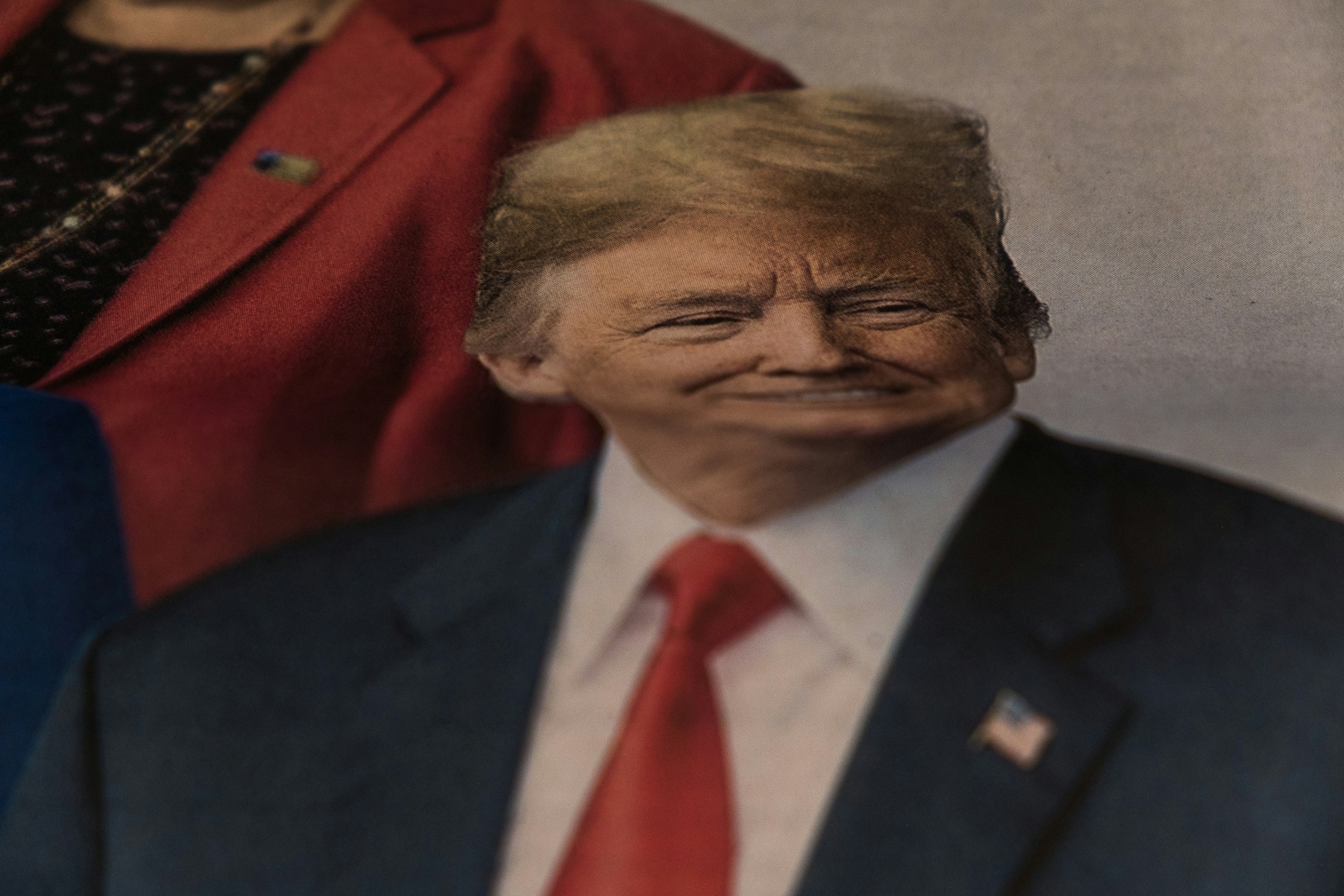The Dawn of a New Era in AI Chip Policy
In a significant policy reversal, the Trump administration has unveiled plans to dismantle the Biden administration’s complex three-tier export control framework for AI chips. This shift, set to take effect on May 15, 2025, represents not just a change in regulatory approach but a pivotal moment in the ongoing global struggle for dominance in advanced computing technologies. The announcement this week has sent ripples through the tech industry, with implications that extend far beyond the borders of the United States.
Understanding the Three-Tier System
The soon-to-be-eliminated Biden rule established a carefully structured, hierarchical system for global technology access. Under this framework, 17 allied countries plus Taiwan were granted unlimited access to cutting-edge AI chips, while a second tier, comprising around 120 nations, faced strict limits on their imports. The third tier, which included nations like China, Russia, Iran, and North Korea, was completely barred from accessing these technologies. This stratified approach aimed to prevent sensitive technologies from reaching adversarial nations through intermediaries, while still allowing access for allies and neutral countries. Nonetheless, critics argued that the intricate compliance requirements would burden international partners and drive them to seek alternative suppliers.
A Simplified Global Licensing Regime
In stark contrast, the Trump administration’s proposed policy appears to favor a more streamlined approach. Sources indicate that a global licensing regime, bolstered by inter-governmental agreements, is under consideration. This new framework could potentially enhance flexibility while still maintaining necessary controls over sensitive technologies. As the announcement comes just before President Trump’s planned trip to the Middle East, which includes nations such as Saudi Arabia and the UAE—countries expressing frustration over existing restrictions—the timing is notable.
“We will be replacing it with a much simpler rule that frees American innovation and ensures American AI dominance,”
a Commerce Department spokeswoman stated, reinforcing the administration’s commitment to fostering technological leadership.
Market Reaction and Industry Impact
The news of the policy shift has already had tangible effects on the financial markets. Shares of Nvidia, the leading manufacturer of chips for training AI models, surged 3% following the announcement, reflecting investor optimism about the implications for the company’s market strategy. However, the stock did experience a slight dip of 0.7% in after-hours trading. Nvidia’s CEO, Jensen Huang, has long advocated for fewer restrictions on sales to China, predicting that the nation is poised to become a $50 billion market for AI chips within the next few years.
Global Winners and Losers
The anticipated policy reversal presents a complex landscape of potential winners and losers within the global tech ecosystem. Countries such as India and Malaysia, which previously faced restrictions under the Biden framework, are now poised to benefit temporarily from the easing of controls. Malaysia, in particular, may see advantages for Oracle Corporation, which has plans for an expansive data center that would have exceeded the limits imposed by the previous rules. Meanwhile, Middle Eastern nations like the UAE and Saudi Arabia, which have been under export controls since 2023, might find themselves in a more favorable negotiating position. Trump has expressed a willingness to ease restrictions for the UAE, potentially leading to the establishment of a government-to-government AI chip agreement during his upcoming visit to the region.
Uncertainty Ahead: A New Control Scheme
As the Trump administration develops its new control scheme, uncertainty looms over the regulatory environment for major players in the industry, including Nvidia. While the new framework takes shape, the administration has indicated that existing export controls will continue to be enforced. There is speculation that the new approach may involve imposing controls specifically on countries that have diverted chips to China, such as Malaysia and Thailand. This would require navigating a delicate balance between fostering commercial interests and maintaining national security.
Balancing Competing Priorities
The Biden administration’s export controls were designed to limit access to chips crucial for cutting-edge AI development, particularly to prevent Chinese firms from utilizing indirect routes to acquire technology. Crafting a balanced approach that addresses national security while promoting American commercial interests poses significant challenges. Establishing agreements with a diverse array of countries eager to purchase advanced AI chips necessitates navigating complex diplomatic relationships, which could result in numerous separate policy frameworks.
The Global AI Chip Market in Flux
As the landscape shifts, the implications for the global AI chip market are profound. The ongoing competition between the U.S. and China for technological supremacy has reached a fever pitch, with companies on both sides of the Pacific vying for leadership in AI innovation. The Trump administration’s shift in policy reflects its broader emphasis on American competitiveness and innovation while still aiming to retain necessary controls over technologies with national security implications.
Looking Ahead: The Future of AI and Technology Regulation
As the Trump administration prepares to unveil its new framework, industry stakeholders are acutely aware of the high stakes involved. The transition period creates an atmosphere of uncertainty, but it also opens doors for innovative partnerships and strategic alignments. The global AI chip market remains in a state of flux, and companies must adapt to the evolving regulatory landscape while capitalizing on new opportunities. As the U.S. seeks to solidify its technological dominance amid fierce competition, the decisions made in the coming months will undoubtedly shape the future of AI innovation and its global implications.
